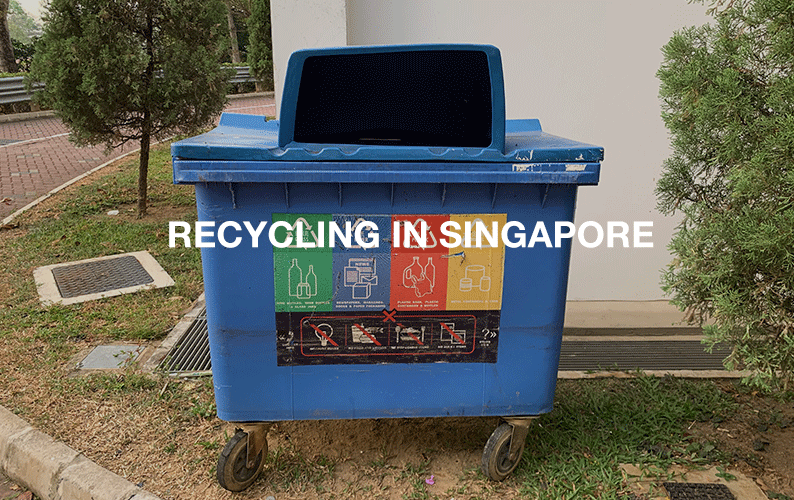Recycling in Singapore
17 Aug, 2020 12:45 AM / by Quek Leng Chuang

The Singaporean Recycling Landscape
Singapore has a very well organised waste collection system, but a much less sophisticated waste recycling system. Why is this so and what other particularities can we find in Singapore regarding waste collection and recycling?
1.Sophisticated waste collection system
The Singaporean government already set up the waste collection system quite early in comparison with other SouthEast Asian countries. In the 1970s, along with a movement of people from kampongs into apartments, it was necessary to implement a properly functioning recycling system so hygienic circumstances and health would improve.
At this point in time, the main problem to be solved was waste lying around and not being collected, polluting rivers or public spaces. The government organised the waste collection system around seven districts. Citizens were introduced to a system that is still in place today and made waste disposal very easy and convenient: They just had to pack their waste into bags and throw it down a chute. There, it would land with waste from all the other apartments in order to be collected. This system is not meant for separating the waste in any way.
2. Recycling rates are different for domestic and non domestic waste
Waste recycling rates are on average low, with an overall percentage of 60% according to official figures of the NEA. Overall recycling rates can be split into the type of waste or the producer of waste. We can differentiate domestic and non-domestic waste, with recycling rates at 22 and 74% respectively.
The comparably low domestic household recycling rate is due to the different collection system, quantities and challenges to recycle the waste appropriately. But also, past efforts to educate people and a system that was not meant for recycling but for rather hiding the waste contribute to low domestic recycling rate. Also, packaging waste and products that are not designed for easy recyclability or break down fast contribute to low domestic recycling rates.
3. Consumers Confusion about Recycling and “Blue Bins”
In order to increase domestic recycling rates, the government placed the “Blue Bins” conveniently in front of HDBs so people could throw recyclable items inside. On recently renewed labels, it is indicated which items can be thrown into the Blue Bins. However, 40% (in some cases, even 60%) of the items people discard there cannot be recycled according to the MEWR, because people still have misconceptions about recyclable items and throw unsuitable ones inside. Especially clothes, bags and shoes are often found there. Still, almost half of the people believe that they can recycle tissue paper. These items need to be sorted out as they cannot enter the recycling process.
The problem here is that people still are not fully understanding the scope of items that can be recycled as there are common misconceptions around. Even though blue bins are readily available, some people claim to be too lazy or too busy to use them.
Apart from this, there are some possibilities for people to recycle more, for example the Tsu Chi Recycling days, an islandwide event held every 2nd Sunday of the month. Consumers can also bring clothes, electrical appliances and glass there.
Also, it is possible to compost food waste at home so consumers can prevent this valuable resource from going to waste. As many consumers are not aware of this and there is still no separate food waste collection in Singapore, recycling rates for food waste are still quite low.
4. Food Waste
Amounts of food waste in Singapore are remarkable in quantitative as well as monetary terms: 636 900 tonnes of food waste have been disposed of in Singapore in 2018, combined with a recycling rate of 16% only. This means that the greatest share of food waste is incinerated, even though it causes problems in waste incineration due to its high liquidity. There are better uses for food waste: It can be composted or gasified in order to create new compost for use in parks and gardens as well as methane gas for energy generation.
Not only due to the designation of this year as the year of food waste, the government also tries to raise awareness for food waste and for a more conscious handling of food amongst Singaporeans. Improved shopping habits, appropriate storage and cooking of foods also saves money for every single person as by today still S$258 are wasted per household. All in all, there is still a lot of potential for better food management and food waste recycling in Singapore.
5. National recycling programme
The National Recycling programme, which has been in place since 2001, specifies the provision of the recycling bins (“Blue Bins”). Near every HDB, private property and condo, companies have to provide a Bin to recycle. For every Waste collection sector, the city signed contracts with different recycling contractors.
The National Recycling programme also specifies the design of recycling trucks, as well as the frequency of collection for waste in different properties and settings.
We want to help you turn waste to treasure. If your company has waste that you want to recycle or process sustainably, get in touch with us today.
Topics: Carbon Neutrality, Carbon Offset, Catalytic Converters, Corporate Social Responsbility, Environmental Offset, Metal Waste, Packaging Waste, Reimagining Sustainability, Sustainability in Singapore, Wood Waste
Written by Quek Leng Chuang
LengChuang is a chemical engineer and an expert in carbonomics. He is the founder and owner of Environmental Solutions (Asia) Pte Ltd.
